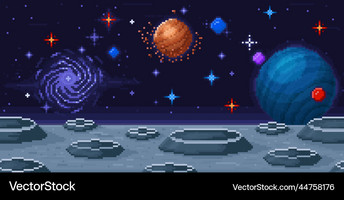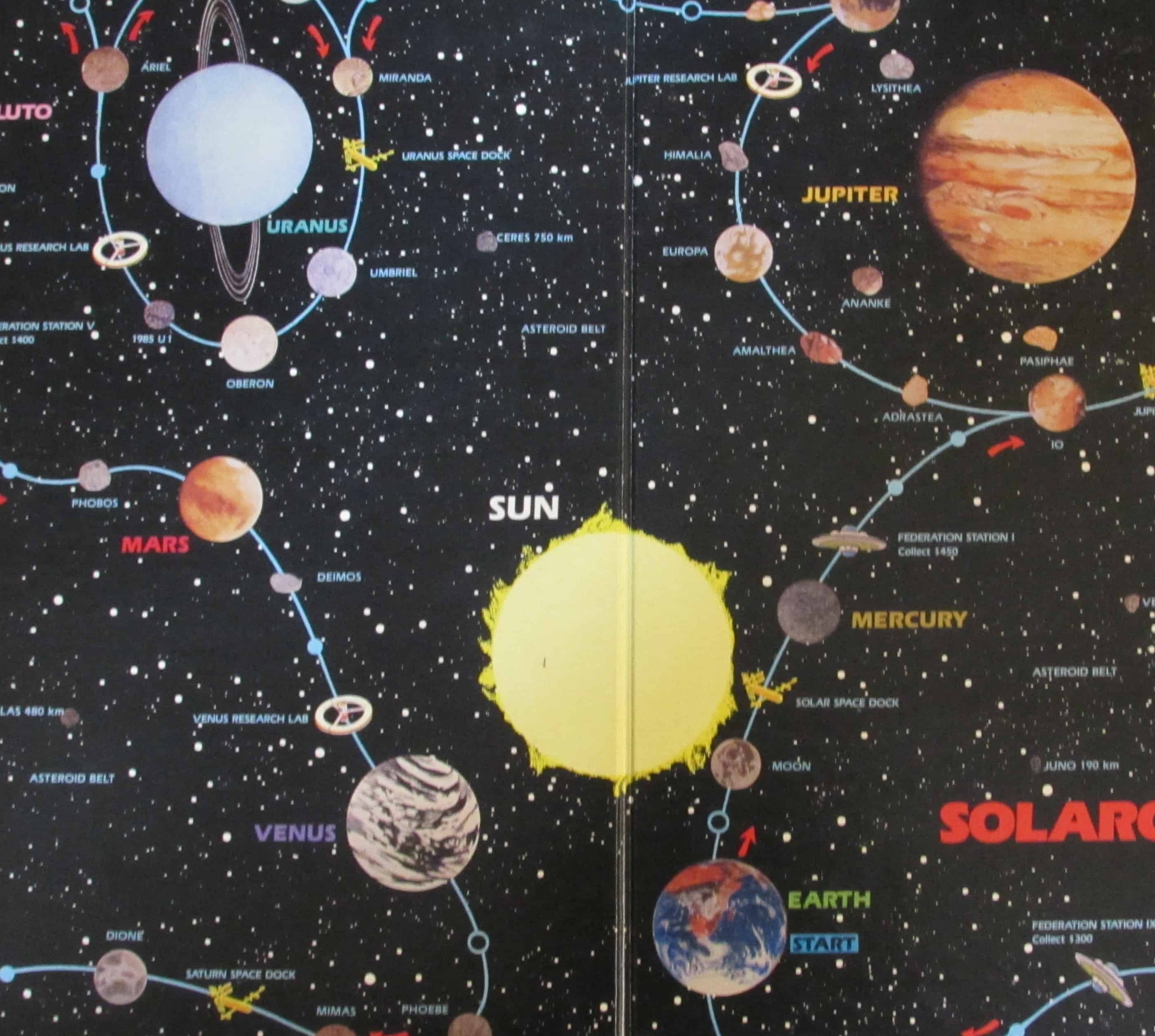Game Concept DevLog: On The Way Back


 Working Title
Working Title
On The Way Back
Concept Statement
In On The Way Back, the player is a lost space traveler with a damaged ship that can only fly limited distances. To find their way back to Earth, they must make pitstops in diferent alien worlds. On some they face hostile beings, and try to survive until the spaceship reboots, on some they find puzzle pieces of maps that might help in finding a way back home.
Genre or Category of Game
Primary: Puzzle-Survival Secondary Elements: Maze Runner, Collection, Space Adventure
Concept Creation Process and Influences
The idea for On The Way Back came up as I'm an avid enjoyer of puzzle games was trying to come up with a puzzle style game for the assignment. It's the classic "journey home" archetype common in both literature and film and in this context each stop represents both an obstacle and an opportunity. And the game environment is space because that's cool!
Primary influences include:
- Pac-Man: the survival episodes will have similer structures as this Pac Man, hostile alien will hunt the player down and they will have to survive in the maze until the spaceship reboots in 1 minute.
- The Martian: A great movie, the protagonist also finds his way back home from being stranded (a concept often followed in many fiction arts.)
The game will be focused on just the two types of gameplay (puzzle and survival) and will have 10 levels in total (10 pitstops), a small but enjoyable game.
Audience and Competitive Analysis
Target Audience:
- Primary demographic: Casual teenage gamers from age 8-16 who enjoy puzzle-solving, survival and a story to naviate along with it
- Secondary demographic: Space exploration enthusiasts and fans of classic arcade games
- Skill level: Accessible to beginners but with scaling difficulty to engage experienced players
- Appeal factors: Clear goals, quick gameplay sessions, alternating pacing between tension and contemplation
Competitive Analysis:
On The Way Back occupies an interesting position by combining two established game genres that aren't frequently paired. While many games incorporate both puzzles and survival elements, few structure them as distinct, alternating game modes.
Current market competitors include:
- Among Us: Features maze-like environments but focuses on social deduction
- Deliver us The Moon: Puzzle-solving with spatial reasoning with adventure
- The Long Journey Home: Space explorations video game
- Heaven's Vault: Heaven's Vault is an archaeological science-fiction adventure game.
Our game differentiates itself through:
- The distinct levels that are contemplative puzzles and frantic survival
- The space travel narrative that naturally explains the variety of environments
- The simple but compelling goal of piecing together a space map to find home
- The accessibility of having just two core gameplay mechanics that are easy to understand
Game Treatment and Concept Art
Core Gameplay Loop
On the Way Back is built around a clear two-phase cycle that repeats throughout the game:
Phase 1: Emergency Landing The player's damaged ship can only travel limited distances before requiring an emergency landing. Each landing initiates either a puzzle level or a survival level, alternating between the two types.
Phase 2A: Puzzle Levels (4 total)
- Player explores abstract cosmic environments searching for map fragments
- Difficulty level will ofcourse increase with these, towards the end they will have time constraints as well.
- Puzzles focus on pattern recognisation
- Each completed puzzle level rewards the player with 25% of the cosmic map
- Visual aesthetic is ethereal, geometric, and reminiscent of star charts
Concept art might be something like the picture attached.
Phase 2B: Survival Maze Levels (6 total)
- Player enters maze-like alien structures or natural formations
- Hostile aliens pursue the player through the environment (like Pac-Man villains!)
- Player must survive exactly 60 seconds of pursuit
- No combat mechanics - focus is entirely on evasion and route planning
- Limited power-ups provide temporary advantages (speed boosts, pursuer freezing)
- Visual aesthetic is tense, claustrophobic, with distinct color schemes for each maze (some planets will have gravitational differnces, some will be submerged in water or some other fluids for difficulty reasons)
Phase 3: Return to Ship & Departure After completing each level, the player returns to their ship, views their progress on the cosmic map, and departs for the next destination.
Progression System
The game's progression is measured in two ways:
- Map Completion: The primary goal is assembling the complete cosmic map. Each puzzle level provides 25% of the map, with the completed map unlocking the final route to Earth.
- Ship Integrity: The ship's condition deteriorates slightly with each emergency landing. This creates increasing urgency as the game progresses, with visual cues showing the ship's worsening state.
The game maintains a simple structure of 10 sequential levels, allowing for a focused experience that can be completed in a single session (approximately 30-45 minutes).
Visual Style
On The Way Back employs a minimalist, stylized visual approach (some concept arts I like are attached with this post):
- Puzzle Levels: Clean, geometric environments with ethereal lighting, resembling abstract representations of cosmic phenomena. Colors trend toward cool blues, purples, and teals with accents of golden light representing map fragments.
- Survival Maze Levels: Each maze has a distinct color palette and environmental theme (crystalline structures, organic tunnels, abandoned alien architecture, underwater, 0-gravity floating obstacles ). Pursuing aliens are represented by simple but menacing forms with distinctive movement patterns.
- Ship Interior: Serves as the hub between levels (will be game starting page), showing the accumulated map pieces and the deteriorating condition of various ship systems through visual cues.
Audio Design
The audio design reinforces the dual nature of gameplay:
- Puzzle Levels: Ambient, atmospheric soundtrack with subtle musical motifs that build as players progress toward solutions. Interactive audio feedback provides subtle clues for puzzle mechanics.
- Survival Maze Levels: Tense, rhythmic music with increasing tempo as the 60-second timer progresses. Spatial audio cues help players locate pursuing aliens without looking directly at them.
- Ship Sequences: Quiet, contemplative music with underlying mechanical sounds that subtly change to reflect the ship's deteriorating condition.
Technical Implementation Considerations
For the scope of this project, development will focus on:
- Two fully-realized levels (one puzzle, one survival) to establish core mechanics
- A simplified ship hub environment
- The map assembly mechanic
The game will be developed using a 2D game engine for simplified development, with the possibility of expanding to 3D for a more immersive experience in future iterations. The limited scope makes this project ideal for rapid prototyping and also easy to implement throughout the rest of the semester.
References
- (1980). Pac-Man [Video game].
- The Martian movie
- VecctorStock -for concept art. https://www.vectorstock.com/royalty-free-vector/pixel-art-planet-surface-space-a...
- physicsworls - for concept art. https://physicsworld.com/a/solarquest-pluto-and-the-importance-of-new-horizons/
- Freepik- for concept art. https://www.freepik.com/premium-vector/pixel-art-cosmic-area-game-location-scene...
On The Way Back
Find your way back through the cosmos on a lost spacecraft
| Status | In development |
| Author | utas_azwa |
| Genre | Puzzle, Survival |
More posts
- Player Movement40 days ago
Comments
Log in with itch.io to leave a comment.
Overall a neat space concept, with a very nicely done game treatment and concept document. I am glad to see a plan to effectively make a "vertical slice" with one of each of the level types, as the overall count of levels seemed too high for the time available. The scope sounds good in terms of the survival levels as combat isn't required. Would have loved some more illustration of what phase 2A would look like, as it is a little tricky to visualize.
Looking forward to seeing how this one turns out!